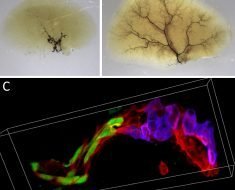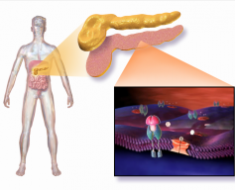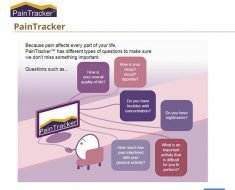The indicated treatment for spasticity depends greatly on the specific features of the individual patient case. Some patients with spasticity do not require any form of major treatment and simple avoidance of triggers may suffice to manage symptoms. However, other patients experience significant pain and inhibition to participation in daily activities and require treatment to improve their quality of life.
In most cases, a team of specialized health professionals works together to provide optimal care to manage spasticity. This may include a physical therapist, physician, neurologist, rehabilitation physician, orthopedic surgeon and an occupational therapist.
Physical Therapy
Non-pharmacological physical therapy techniques play an important role in the treatment of spasticity and exercise is the first-line approach for mild and moderate cases.
Stretching the affected muscles can help to lengthen muscles, decrease spasticity and prevent contracture. Guidance from an occupational therapist, physical therapist, exercise physiologist or neurological rehabilitation specialist can help to recommend relevant exercises that are likely to offer a benefit.
Initially, activation of the antagonist muscles contractibility should be prioritized to provide inhibition to and lengthen the spastic muscle. These activities should not put a large amount of stress on the muscles, particularly in the early stages of treatment. Eventually, reciprocal actions and agonist contraction can be performed in the later stages of therapy.
Methods of splinting, casting and bracing can also be implemented to maintain range of motion and flexibility in the muscles, which is particularly useful in severe cases to prevent complications. This should be positioned over non-spastic areas to avoid further stimulation of spastic muscles. Rehabilitation robotics is also useful to assist movement and has proven efficacy for patients in rehabilitation following a stroke.
Oral Pharmacological Management
Oral medications are often used to treat spasticity and help to control symptoms. Medication options that may be indicated include:
- Baclofen
- Tizanidine
- Dantrolene sodium
- Diazepam
- Clonazepam
- Gabapentin
These medications have a systemic effect and can hence help to improve the spasticity of many muscles simultaneously. The doses can also be adjusted easily to meet the needs of the patient and ensure concentration of the medication is in the therapeutic index. Additionally, if adverse reactions occur or discontinuation is preferred, the medications can be ceased at any time.
However, the efficacy of these medications is often limited and some patients may experience side effects, such as dizziness, weakness or inflammation of the liver.
Botulinum Toxin and Phenol Injections
In some cases, injections of Botulinum Toxin A (Botox), B (Myobloc) or phenol can help to reduce symptoms of spasticity. As this is administered to a localized area, it is particularly useful for the management of spasticity in selected muscles.
These injections cause weakening of the muscle and can lead to improvement in the position and function of affected areas of the body. Any changes typically become evident within one to two weeks and the duration of the effect may last for up to six months.
Surgical Procedures
Some patients may require surgery to manage symptoms associated with severe spasticity. For example, there may be a need for orthopedic surgery or neurosurgery, depending on the specific case.
Intrathecal baclofen therapy involves the administration of baclofen directly into the spinal cord via a catheter and pump. Due to the targeted administration, a lower dose can be used, leading to a significant reduction in adverse effects when compared to the oral form of the medication.
References
- http://emedicine.medscape.com/article/2207448-treatment
- https://www.nlm.nih.gov/medlineplus/ency/patientinstructions/000063.htm
- http://weillcornellbrainandspine.org/condition/spasticity/diagnosing-and-treating-spasticity
- https://my.clevelandclinic.org/services/neurological_institute/mellen-center-multiple-sclerosis/diseases-conditions/hic-spasticity
Further Reading
- All Spasticity Content
- What is Spasticity?
- Causes of Spasticity
- Diagnosis of Spasticity
Last Updated: Aug 23, 2018

Written by
Yolanda Smith
Yolanda graduated with a Bachelor of Pharmacy at the University of South Australia and has experience working in both Australia and Italy. She is passionate about how medicine, diet and lifestyle affect our health and enjoys helping people understand this. In her spare time she loves to explore the world and learn about new cultures and languages.
Source: Read Full Article





